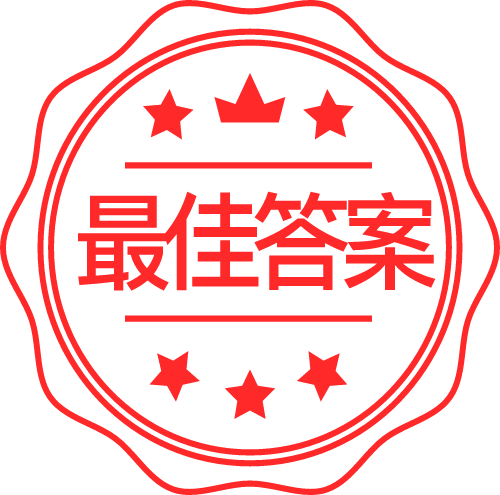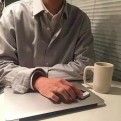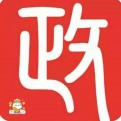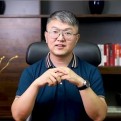sing各种时态语态变化
问题描述
- 精选答案
-

一般过去将来时有固定的结构:would/should+动词原形,也可以是was/were going to+动词原形。
所以sing的一般过去将来时就是:would/should sing或者是was/were going to sing。短语搭配sing the praises of高度赞扬sing a different tune改变(对某人或某物的)看法sing a different song改变(对某人或某物的)看法sing out the old year用歌声辞旧迎新sing in the new year用歌声辞旧迎新双语例句[in sing.]the lamps in the street shed a faint light into the room.街上的路灯将一缕微弱的光线投到房间里。[in sing.]he would walk up those steps with a confidence he didn't feel.他会带着不自觉的自信走上那些台阶。[in sing.]the ring road allows traffic to flow at a remarkably fast pace.环行路使车流能以相当快的速度行驶。Anyone who could play an instrument or sing in tune was roped in.会弹奏乐器或会唱歌的人都被说服参加进来。She began to gyrate to the music and sing a lewd song.她开始随着音乐旋转,并唱起一首下流的歌曲
- 其他回答
-
sing 的过去分词和过去式分别为 sung 和 sang。
sing的过去式是sang,过去分词是sung,句中作为名词和动词使用。sing含义:vi. 唱歌;歌颂;vt. 唱;用诗赞颂;n. 演唱;鸣声;呼啸声;
例句:
Let's sing a song during the break.我们趁这空当儿唱支歌。
She sang the baby to sleep.她给孩子唱歌唱到孩子睡着。
Now I'd like to sing a song by the Beatles. 现在我来唱一首披头士乐队的歌。
The birds were singing outside.
1. sing的基本意思是“唱”“歌唱”,指以⾼低不同的⾳符发出⼀连串的悦⽿的声响,其后⼀般 接song或歌曲的名称。
2. sing既可⽤作及物动词,也可⽤作不及物动词。⽤作及物动词时,可接简单宾语、同源 宾语,也可接双宾语,其间接宾语可以是人是物
3. sing偶尔可⽤作系动词,接形容词作表语。














